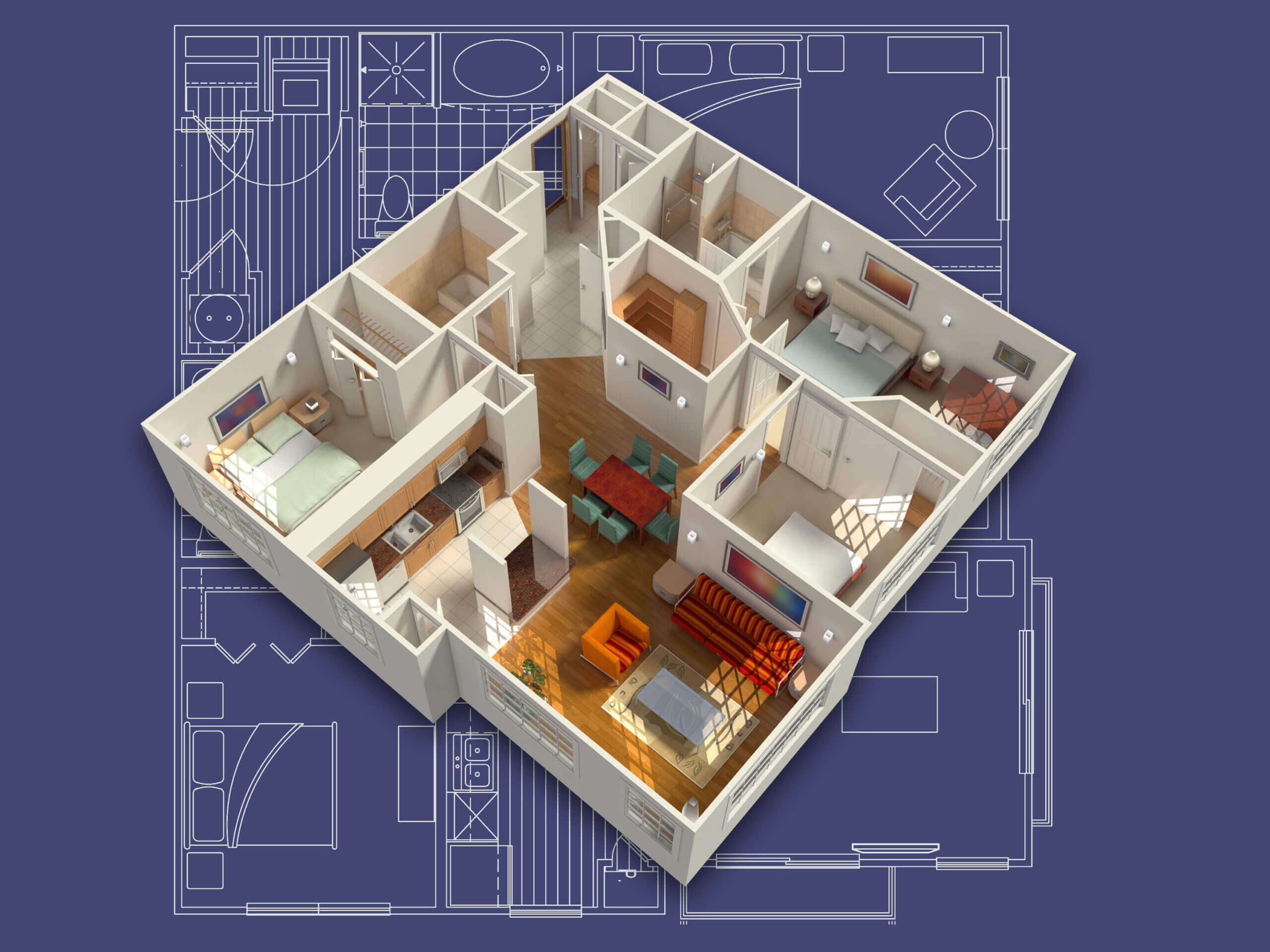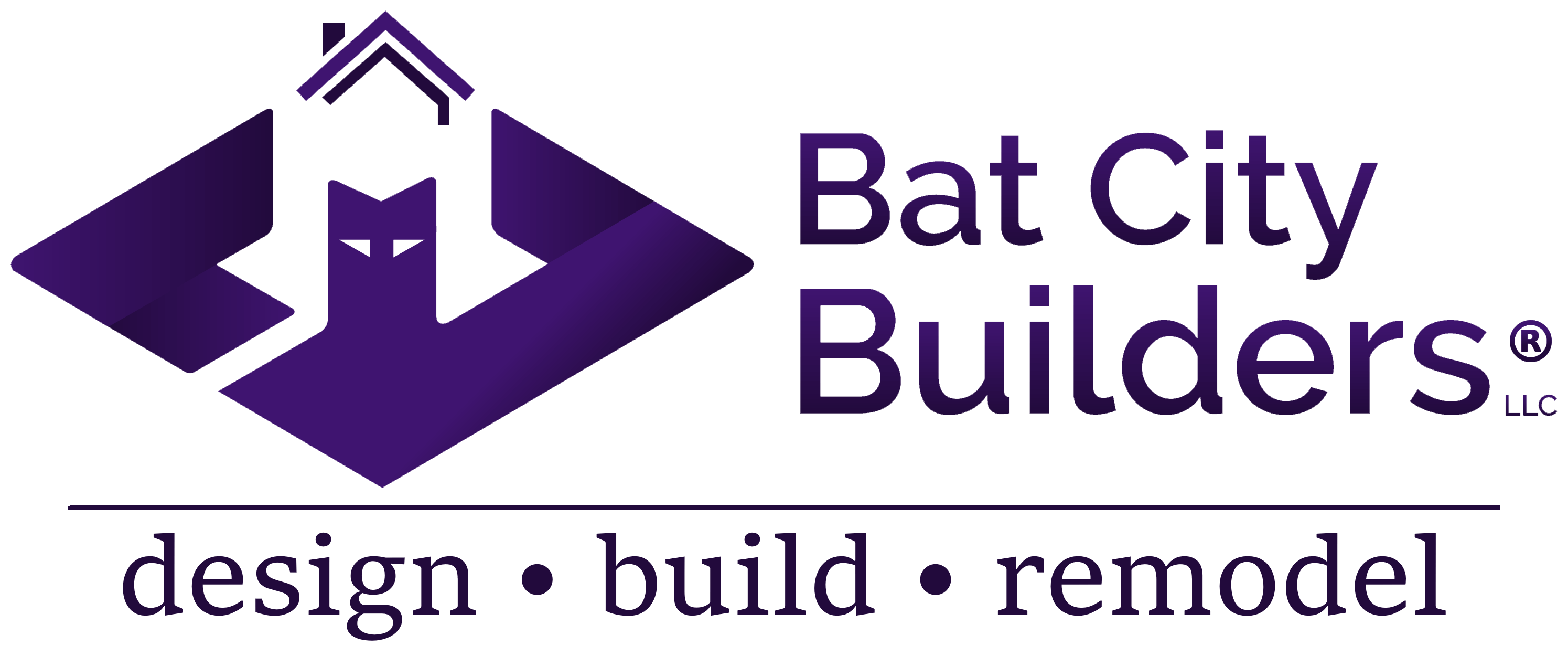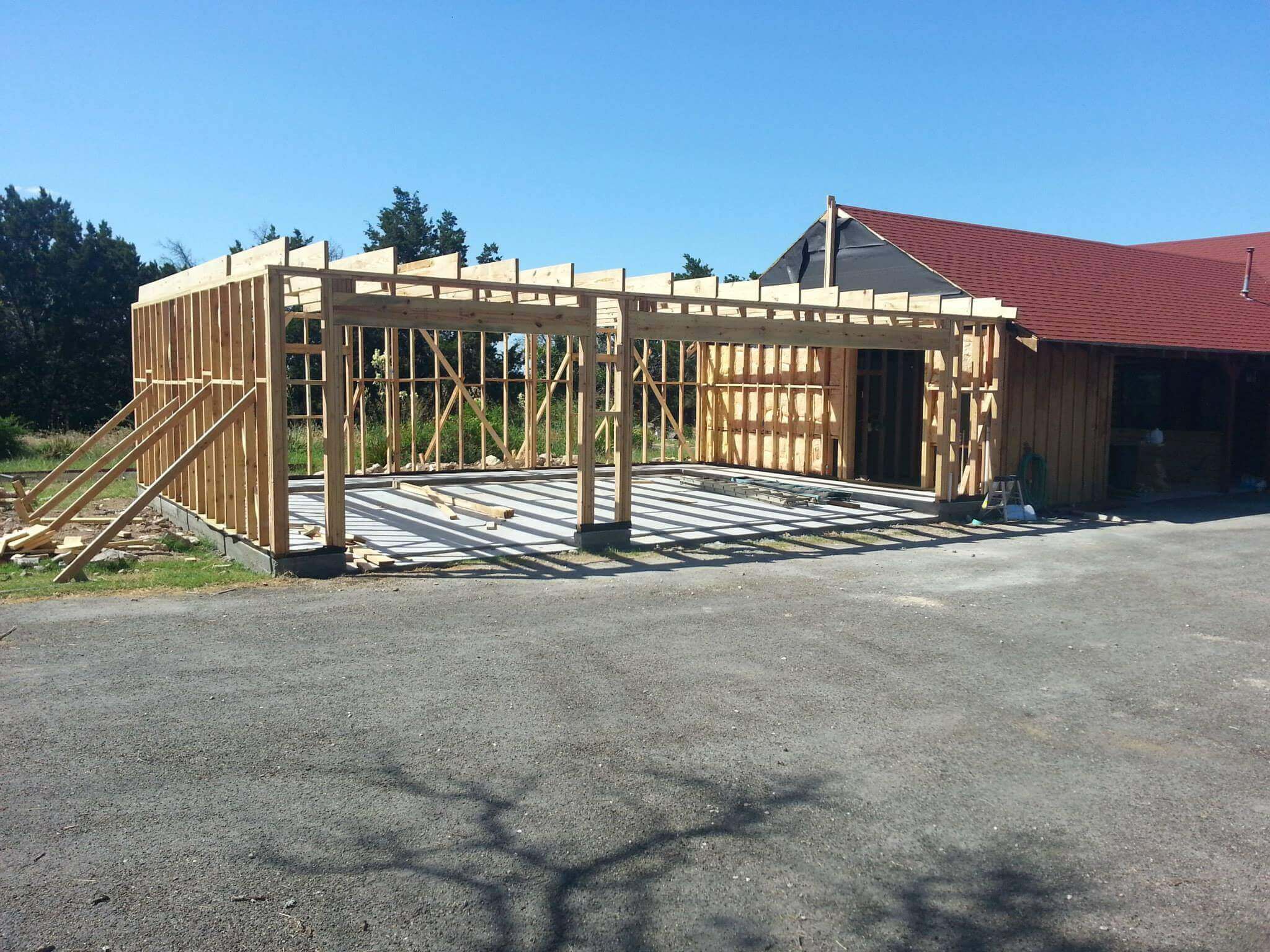We have found over the years that there is a large gap in knowledge and understanding about construction costs when discussing custom home builds and large remodeling projects with our clients. Many homeowners think that the cost of building a custom home or doing a large remodel is equivalent to the cost of buying a semi-custom production home in a new neighborhood. Unfortunately, this is not the case for many reasons.
When a construction/production builder begins work in a new neighborhood they typically build many homes at a time which brings down the building costs. It is like how buying in bulk at a grocery store like Cost Co or Sam’s Club results in cheaper prices. The consumer has limited choices on design and finishes when purchasing one of these homes. The builder already knows the consumer only gets to pick from the selections they provide. This makes producing homes more efficient and cost-effective. The materials are bought in bulk from a single supplier to receive volume discounts. Much like car manufactures. You get a few options to choose from, however, the car is primarily the same make and model. Going from a production home to a custom home is like purchasing a very nice production vehicle like an F150 to purchasing a hand-crafted custom vehicle as seen on various car shows for twice the price or more.
One-off custom homes and large remodels will vary widely in price when compared to purchasing a production home. General Contractors receive a smaller discount when purchasing materials and labor when building a custom home because they are not buying on a large scale. Every project that General Contractors start will be different which translates to a difference in discount purchases. This makes one-off custom home building and remodeling very inefficient by nature. As a client, you pay a premium to get exactly what you want and can expect our General Contractors to provide services transparently and professionally.
Knowing the differences in the cost of production building and custom building will also shine a light on insurance and replacement costs. Most homes are under-insured. Insurance companies have the cards stacked against the consumer in two major ways. The first problem is that homes are usually insured for the market value unless a specific policy is taken out for replacement cost. Remember the cost difference in custom vs. production building? Your new home being rebuilt after a flood or fire is now custom even if it was production built. The costs to rebuild are much higher than when the home was first built in a production style. This is one of the major complaints we experience when we work with clients that have experienced fire or water damage.

The second problem consumers face with insurance is the fact that insurance companies use a national average made up of some third-party company for the costs of labor and materials. The numbers are very low compared to the real cost of what the labor and material should be. Paint is usually one of the common materials undervalued. It has been our experience that we cannot remotely hire a qualified reputable paint company for the rate insurance companies feel they should pay. On top of undervaluing the cost of materials and labor, the insurance companies want to only pay a 20% mark up and not pay for a project manager to be on-site to make sure your project is running smoothly. Most construction companies outside of insurance work charge between a 30 -45% mark up and a rate for a project manager. Even at these rates, they need multiple projects running at a time to be profitable. Insurance companies undervaluing the cost of rebuilding their customer’s homes is why you most hear bad stories about these types of projects. Companies that take these projects must figure out how to complete the project as cheap and fast as possible and have several going at one time to see any profit. This will usually lead to poor craftsmanship and a negative experience for the consumer.



